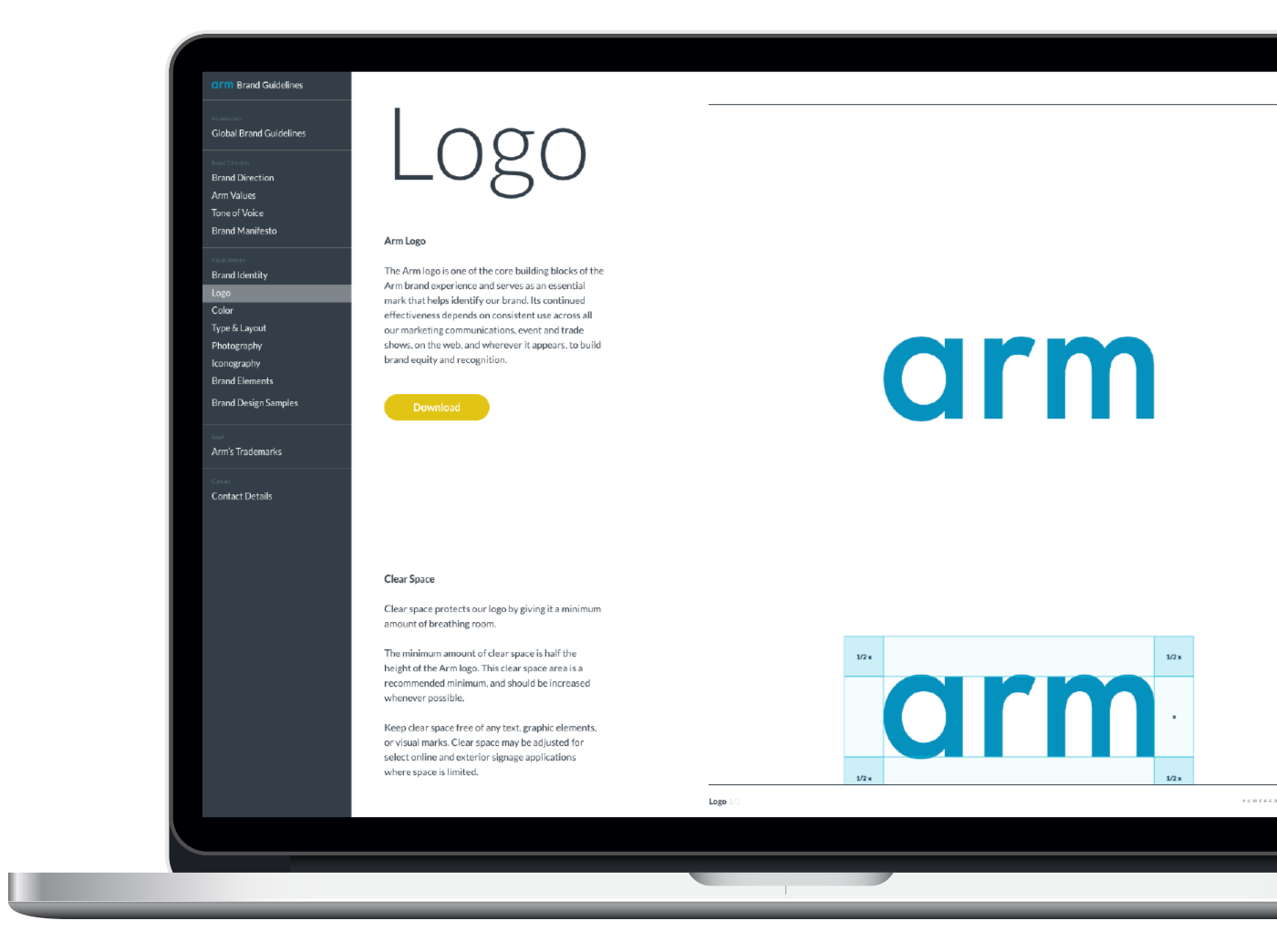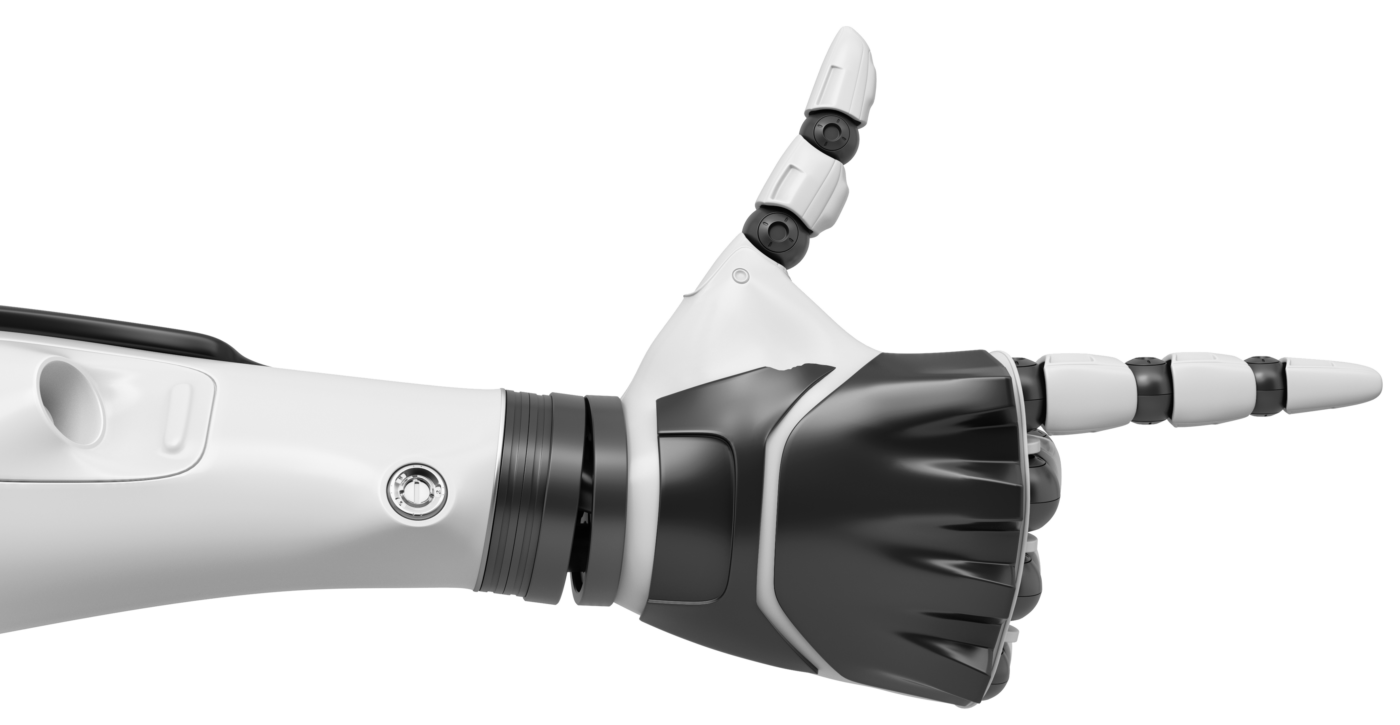Arm and NVIDIA: Fueling Innovation for the Next Era of Compute

By Rene Haas, President, IPG, Arm
In 2018, Arm had recently announced Arm Neoverse, our first set of platforms and technologies specifically tailored to the needs of cloud-to-edge infrastructure. Shortly after, the first 5G services came online in a few select markets, and NVIDIA announced it was making its full stack of AI and HPC software available to the Arm ecosystem.
Fast forward to today, and Arm Neoverse can be found inside some of the world’s largest cloud operations and most powerful supercomputers, while promising to transform 5G with flexible, power efficient solutions. Meanwhile, carriers, cloud providers and others are racing to develop technologies and forge partnerships to help them manage the flood of internet traffic and datacenter workloads that have emerged in the wake of COVID-19.
To stay ahead of the relentless pace of technology, NVIDIA and the Arm ecosystem have been expanding where we collaborate to help our partners meet the ever-evolving demands of compute, particularly in the digital infrastructure. Some of the highlights were discussed at NVIDIA’s GTC 21 conference:
- The Grace CPU. Named after computing pioneer Grace Hopper, Grace is NVIDIA’s first Arm-based data center CPU. It will deliver 10x the performance of today’s fastest servers running the most complex high performance computing workloads. The Swiss National Supercomputing Centre (CSCS) and the U.S. Department of Energy’s Los Alamos National Laboratory have already announced plans to build Grace-based supercomputers.
- A New Data Processing Unit (DPU). NVIDIA’s BlueField-3 DPU optimized for tasks like networking, security and storage features 400-Gbps links and 5x the Arm computing power of NVIDIA’s current BlueField-2 DPU. Early performance projections show why specialized processing is rapidly gaining popularity: a single BlueField-3 DPU can deliver the equivalent data center services that could consume up to 300 CPU cores based on traditional architectures.
- GPU-Enhanced AWS Graviton2-based Instances. NVIDIA and AWS are working to bring GPU acceleration to cloud instances running on the Arm-based AWS Graviton2 processor for general purpose workloads, which will be available in the second half of the year. GPU-accelerated instances will deliver a range of benefits including lower costs, richer game streaming experiences and greater performance for machine learning.The instances will also enable game developers to run Android games natively, reducing the developer time and expense that can be consumed in compiling and emulation.
- NVIDIA Arm HPC Developer Kit. The HPC SDK is a hardware/software platform for streamlining tasks such as application migration, validation and performance analysis for HPC users and datacenters moving to the Arm architecture. It includes an Ampere Altra CPU containing 80 Arm Neoverse cores running up to 3.3GHz, dual NVIDIA A100 GPUs each delivering 312 teraflops of FP16 deep learning performance, and two NVIDIA BlueField-2 DPUs. Computing centers initially deploying the devkit include Oak Ridge National Laboratory, Los Alamos National Laboratory, the National Center for High Performance Computing in Taiwan and the Korean Institute of Science and Technology.Read more about the HPC Developer Kit on the Arm Community here.
- GPUs for Edge. NVIDIA and Marvell are collaborating to bring GPU acceleration to Octeon, an Arm-based family of DPUs from Marvell for enterprise computing, 5G infrastructure and edge applications. NVIDIA GPUs will offload workloads such as image recognition and security to boost performance and reduce latency, particularly in constrained edge environments.
- A Quadrillion Operations Per Second for Autonomous Cars. Arm technology will be integrated into the DPUs inside NVIDIA DRIVE Atlan, the company’s latest autonomous platform. Capable of more than 1,000 trillion operations per second, Atlan marks the first time DPUs will be included in the DRIVE platform. The automotive industry will be able to take advantage of Arm processors to create new innovations for security, storage and networking in transportation.
- A New Look for Laptops. NVIDIA and MediaTek, one of the world’s largest suppliers of Arm-based SoCs, are developing thin and light laptops powered by Arm Cortex-based MediaTek CPUs and NVIDIA RTX GPUs, based on a reference platform that will support Chromium, Linux and NVIDIA SDKs. The combination will lead to extremely powerful, efficient laptops capable of cutting-edge AI and ray-traced graphics that can serve both gamers and developers.
Find out more details on these and other initiatives between our companies in the keynotes, including my own, blogs and technical sessions at NVIDIA GTC 21.
Two Companies, A Similar Path
Arm and NVIDIA have long shared a vision of delivering the compute innovation that ensures our partners and customers can achieve unimaginable breakthroughs in an economical, efficient and sustainable manner in any market. Through ongoing collaboration and our common experiences, we’ll find new ways to harness the potential of secure, specialized processing for the next decade of unique compute challenges, many defined by the power of AI.
The opportunities for our industry, and our customers, have never been greater. Stay tuned.
Any re-use permitted for informational and non-commercial or personal use only.
















